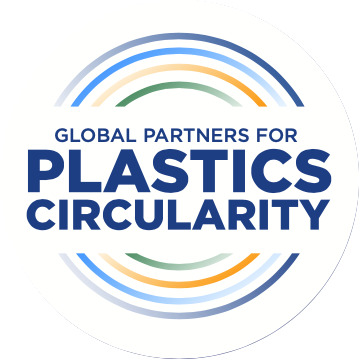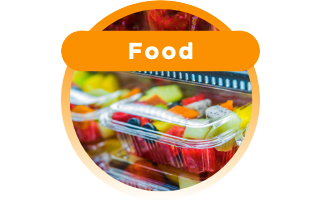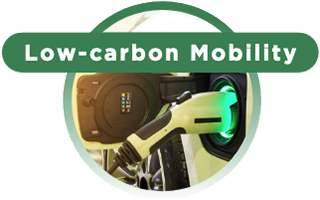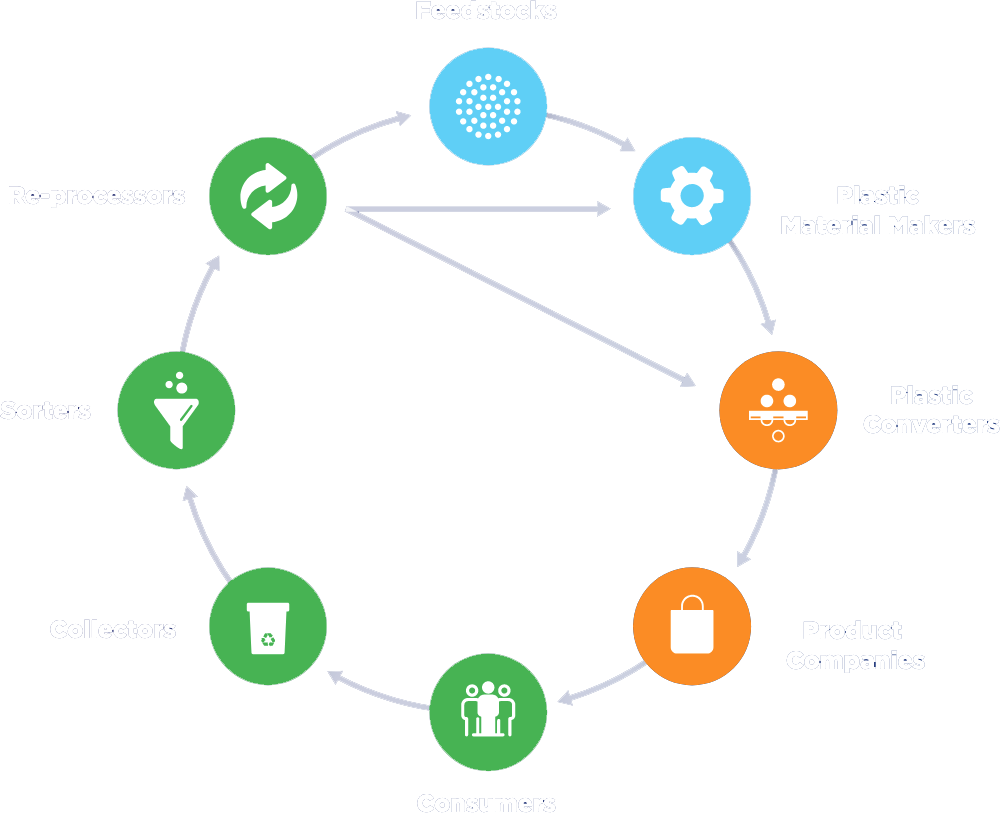
PLASTICS A-Z
WHERE ARE PLASTICS USED AND MADE?


Plastics Are Used Througout Our Global Supply Chain
Nearly all sectors of the global economy depends on plastics, including:

Plastics are utilized widely to grow, store, and ship food from farms.

Aircraft use plastics extensively, including in helicopters, commercial airlines, and space flight.

Shoes, clothes, outerwear, and active wear are increasingly made with plastics.

Electricity is delivered safely by wires/cables protected and insulated by plastics.

Microchips, cell phones, computers, and other electronics are enabled by plastics.

Lightweight plastic packaging helps protect and deliver our food supply, while helping reduce food waste and its significant greenhouse gas emissions.

Modern medical care relies heavily on plastics, from sterile packaging and IV bags to implants and hospital equipment.

Multiple plastic building materials insulate and protect t against the elements, which significantly improves energy efficiency for heating/cooling.

Internet/global connectivity is enabled and protected by wires and cables encased in plastics.

Automakers use myriad plastic components to improve fuel-efficiency; electric/hydrogen charging infrastructure is built out with protective plastics.

Tough plastics help protect our firefighters, law enforcement, defense, and critical facilities.

To advance scientific innovations, research labs depend on plastics for pipettes, test tubes, sterile equipment, and state-of-the-art-machinery.

Plastics protect and enable efficiency in solar energy panels.

Gear for team sports, hiking, biking, climbing, surfing and more is typically made with tough, durable plastics.

Durable plastic pipes enable more efficient delivery of clean water.

Lightweight, durable wind turbine blades typically are made with plastics/composites that enable more efficient energy production.


Plastics Are Made in Manufacturing Facilities Throughout the World
Plastic materials are made from multiple raw materials, mostly natural gas and oil, as well as salt, coal, sand, and biomass. Plastic makers typically apply heat and pressure in industrial facilities to convert raw materials into polymers (see exception below). Polymers are chains of molecules with unique properties that can be unachievable with alternative materials. These polymers are referred to as resins in commerce.
Plastics are made throughout much of the world, often located near sources of raw materials and related industries (e.g., petrochemicals) and major transportation on routes to ship the finished goods.
Plastics Are Purchased/Converted by Countless Companies Globally
The companies that make plastics sell their materials to countless customers, a myriad of small, medium, and large enterprises in virtually every sector of the global economy.
Most plastics are shipped to customers as small pellets that are then converted into plastic products and packaging. Exception: Some plastic products are made by combining raw materials at customer sites, such as certain energy-saving foam insulation products for buildings and appliances
The “plastics industry” typically refers to the combination of plastic makers and their customers, and sometimes affiliated businesses upstream and downstream that are considered part of the plastics value chain.

A Circular Economy for Plastics
The plastics industry is working to transition to a circular economy, in which plastics are sustainably produced, designed, used, reused and recycled.
In a circular economy, actions by each players in the plastics recycling chain enables the other player and builds circularity. Learn more about a circular economy for plastics.
Championing a global agreement for a sustainable, circular economy.
